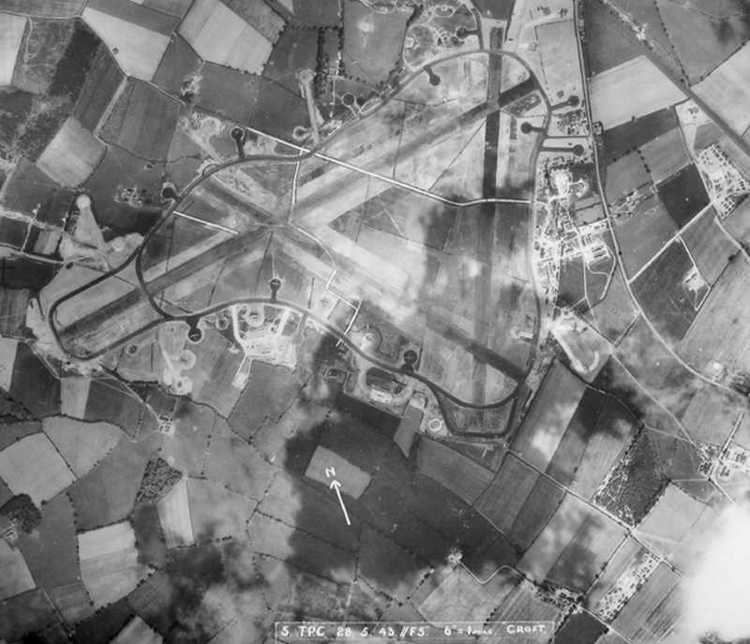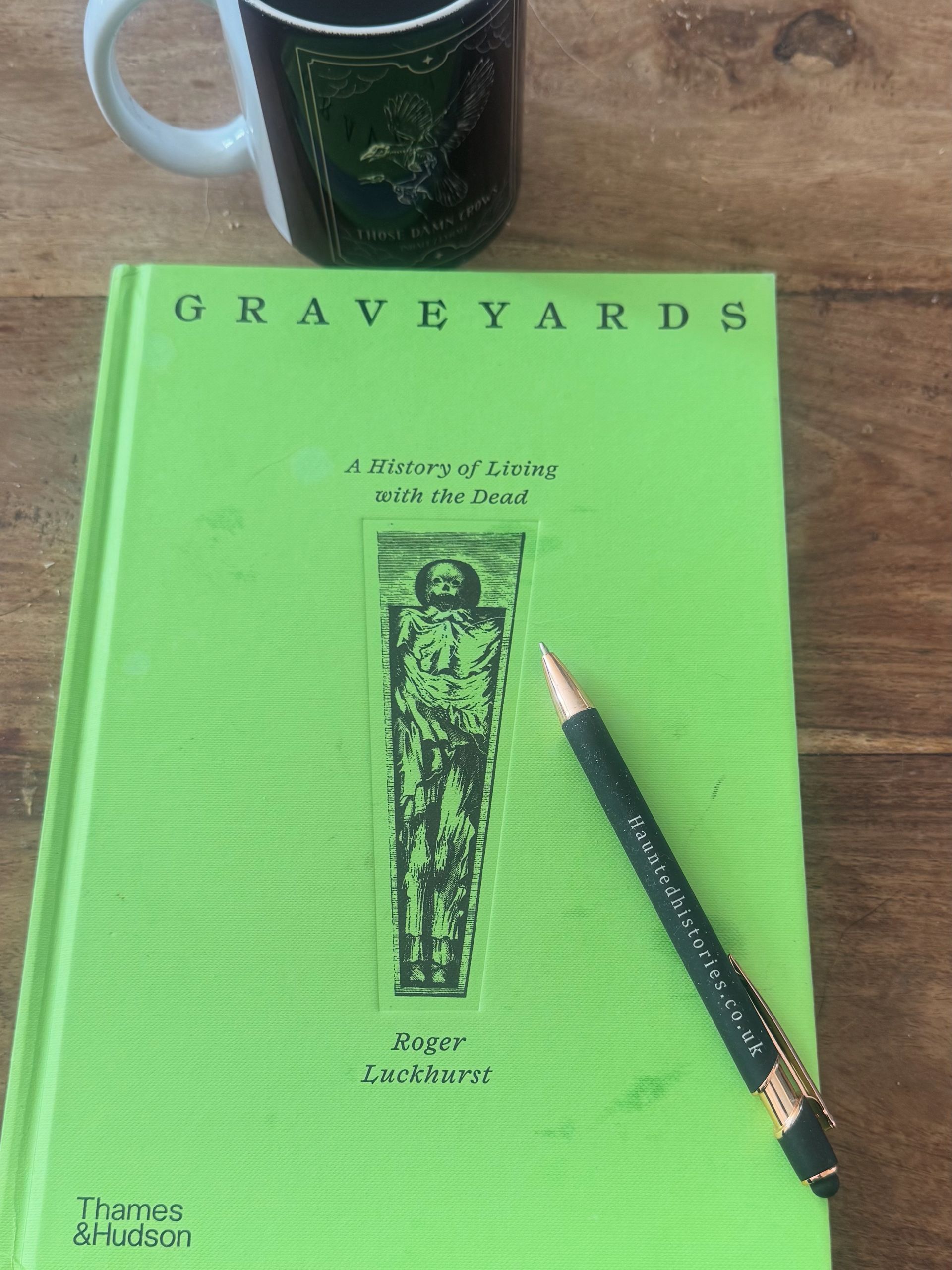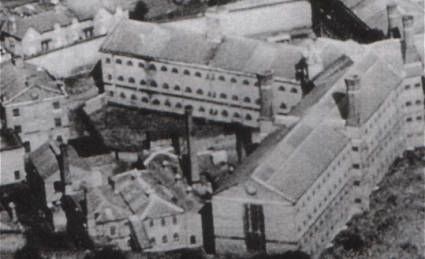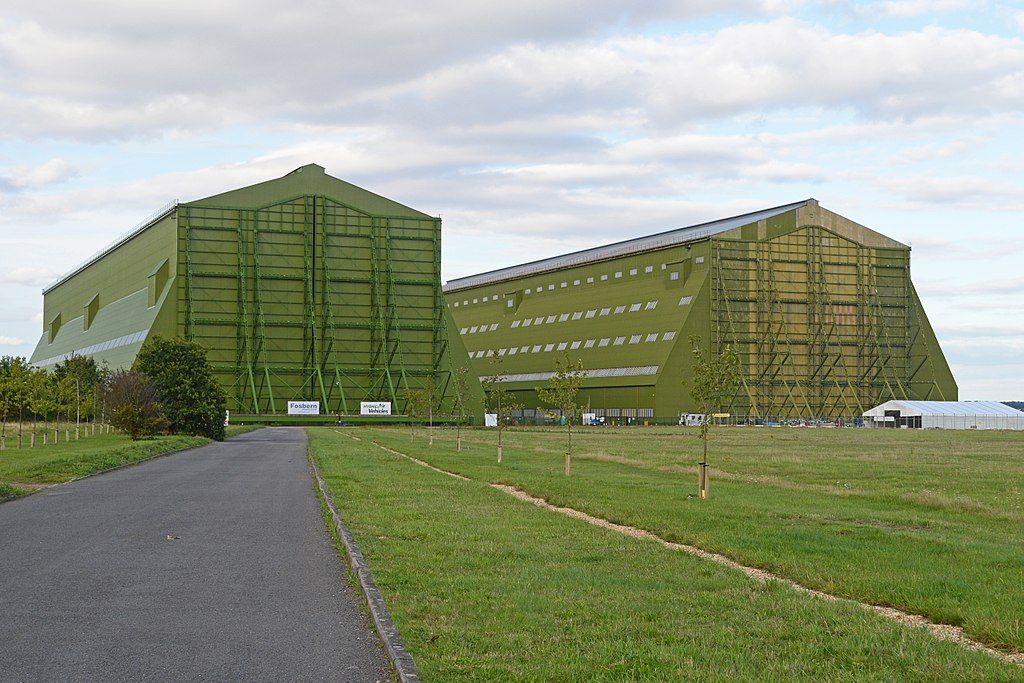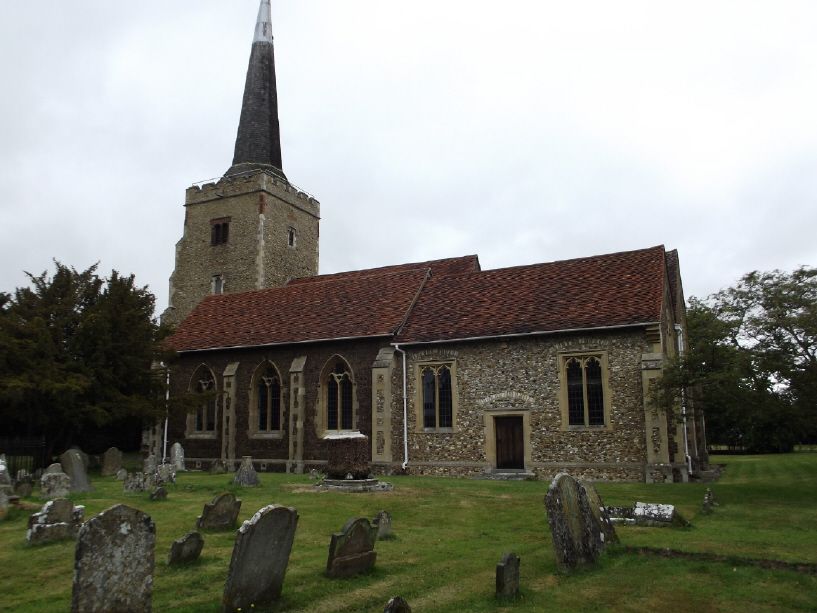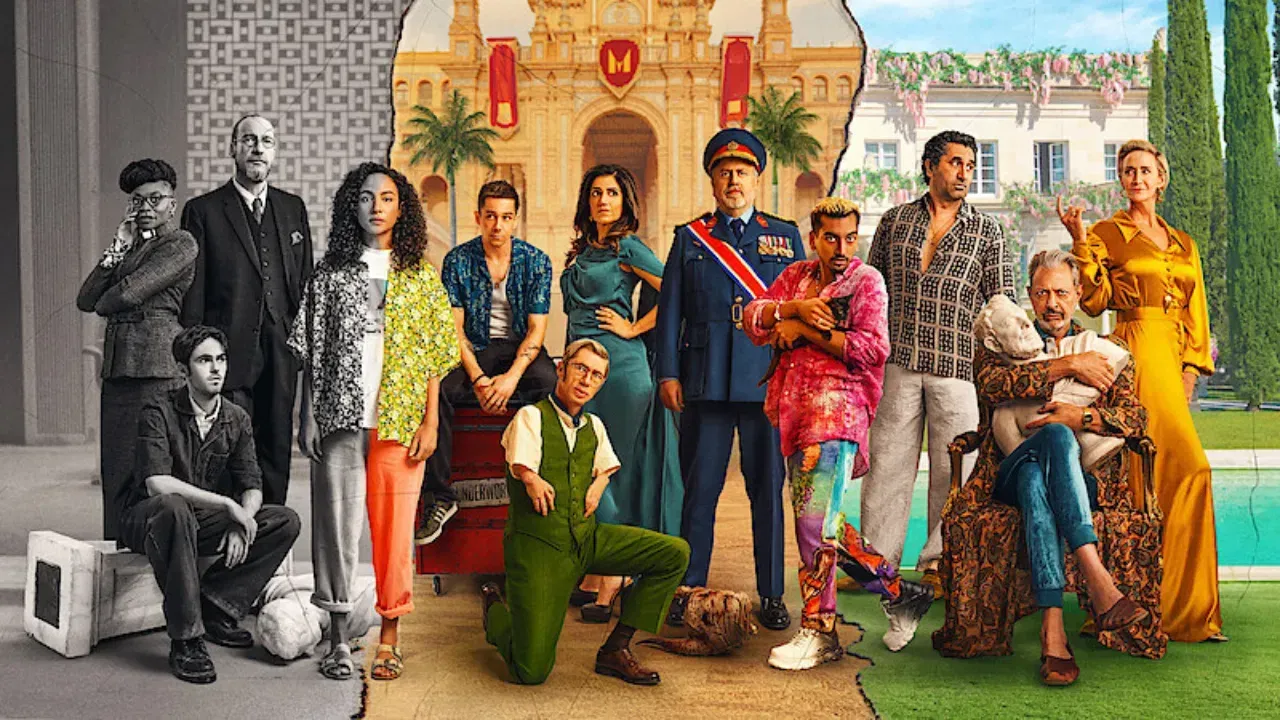Down at the docks
London is a truly fascinating place, if you look behind the buildings there is always something new to discover, and this was the case with my recent visit to St Katherine’s Docks in Tower Hamlets (a stone’s throw from the Tower of London and a rather lovely place to eat if you are ever in the area)
Originally my plan for this blog was to write about the docks themselves – how a parliamentary Act in 1825 allowed them to bulldoze over a thousand “slum” homes in order to build a new wharf and how none of those displaced residents were given new places to leave or any financial compensation.
Once I started my normal process of research, I discovered a story I found even more interesting and worthy of telling for those who were not aware of it.
I went onto the newspaper archives and typed in St Katherine’s Docks, up came an article about piracy and murder in 1845, colour me intrigued…
There was an advert talking about a schooner named Elizabeth and had been formerly known as the Echo, and the more I dug into this story, the more information I found.
The Echo had been a Brazilian slave ship, it had been captured by the British Navy off the coast of Africa (near Lagos) in late February 1845, and tragically eight sailors of the HMS Wasp had been killed in the process. It seemed a clear cut example of murder on the part of the Brazilians on board as they had been boarded and over four hundred slaves were found hidden below deck.
This is not a post about my abhorrence of slavery, although many do not realise that Brazil had a huge percentage of its occupants who were enslaved, and despite the Brazilian government declaring that all enslaved were free upon reaching their soil, they did not enforce this. With the British Navy doing its utmost to bring a halt to this disgusting trade in humans by seizing these ships (they had stopped one called the Felicidade just weeks before the Echo), it just meant that the supply of newly enslaved people declined and those that were brought back to Brazil were more valuable to the “traders”.
Back to the Echo…so the British Navy had captured the Felicidade after watching her moored some fifteen miles off the coast of Africa, and boarding her to find a fake deck and more water stored than that which would be needed by the crew, she was taken as a slave ship and given Royal Navy status. They then spied the Echo, who tried to escape and gave chase, a small crew went to take control of the vessel, and you know how that ended.
The men of the Echo were captured and brought back to Exeter ready to face what seemed like obvious charges of murder, but astonishingly in December 1845 they received full pardons – huh I hear you say?
They got off on what I guess could be said to be a technicality, the capture of the Felicidade was illegal, the 5th George IV C 113 actually declared that it was the carrying of slaves which was piracy, not the preparation for such an event. Add to that it was the Felicidade which made the capture of the Echo as a nominated British vessel attached to the Wasp, and the treaty also declared that no one below the rank of Lieutenant should search a ship suspected of slave trading…it was the Midshipman Palmer (one of the murder victims) who had boarded first, it was subsequently determined that the Brazilian crew were unlawfully kept prisoner and therefore their violence to achieve freedom was justifiable.
Like I said at the beginning, always dig deeper than the surface of these places, something possibly shocking, certainly informative and maybe even interesting can appear.
